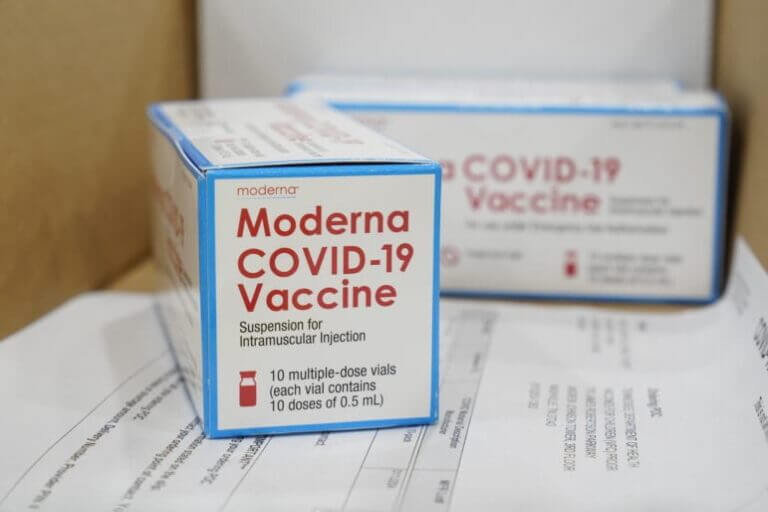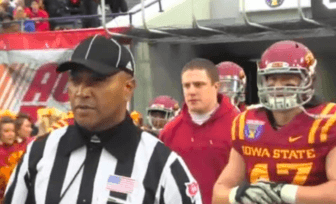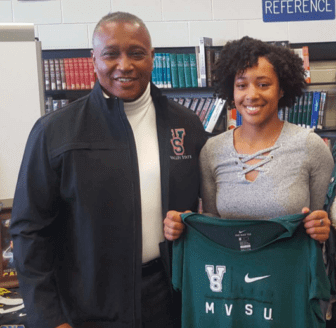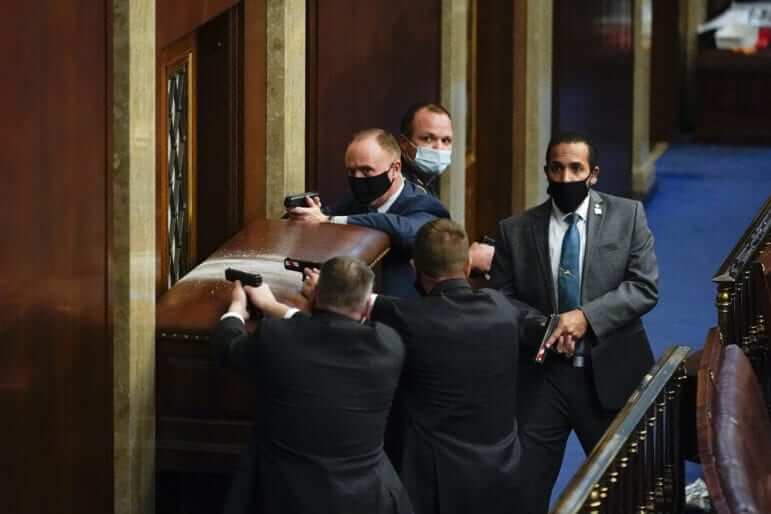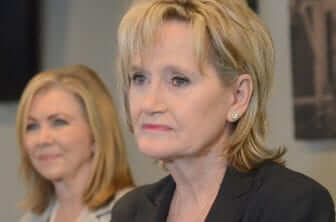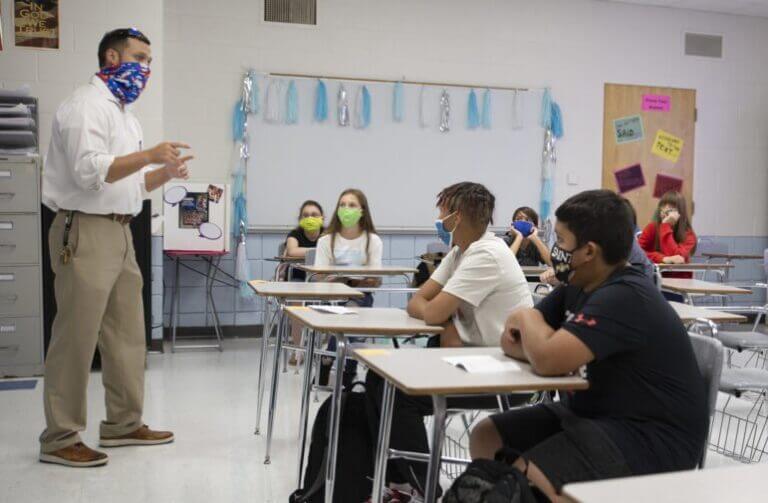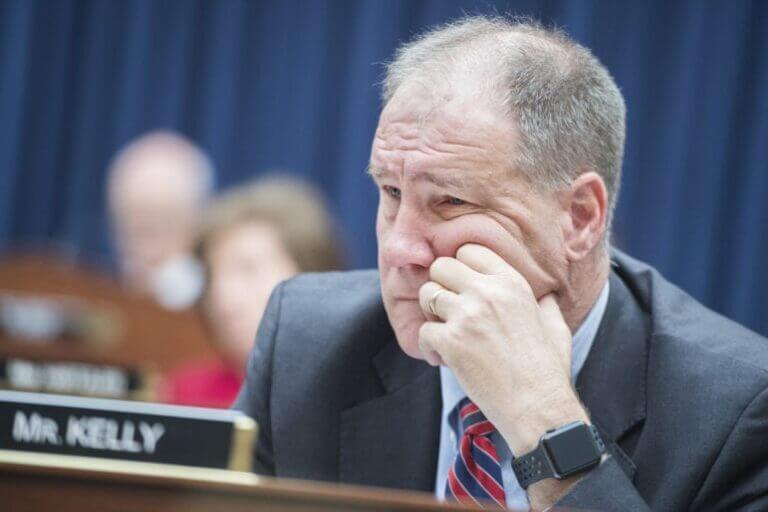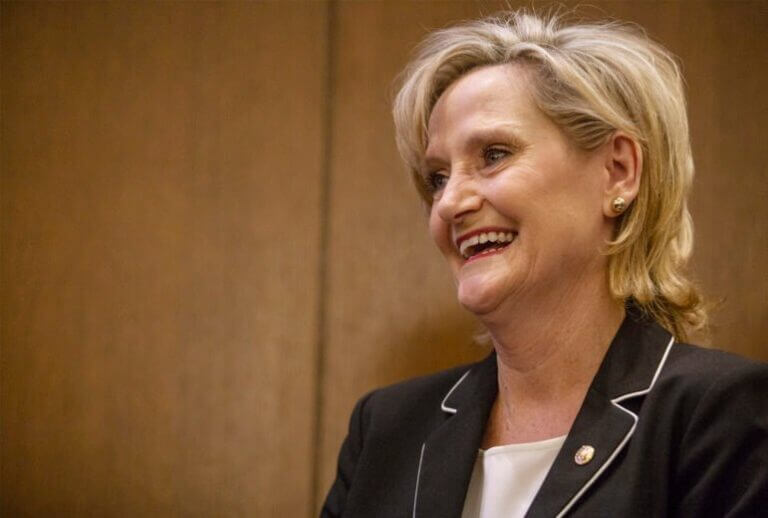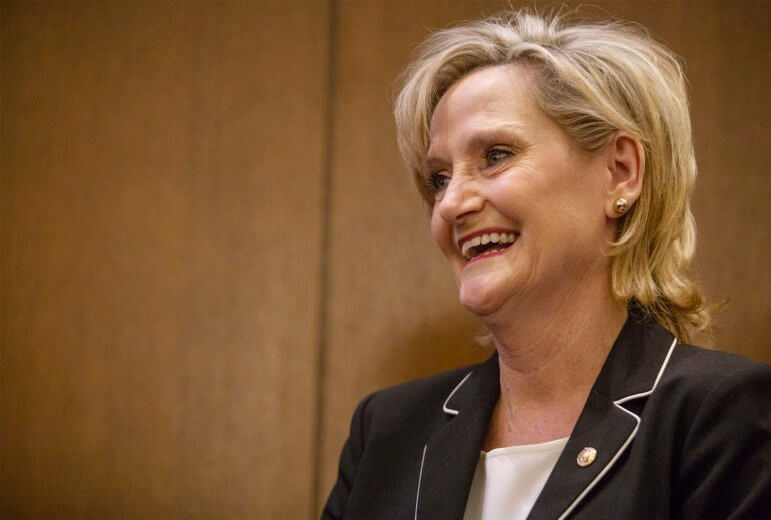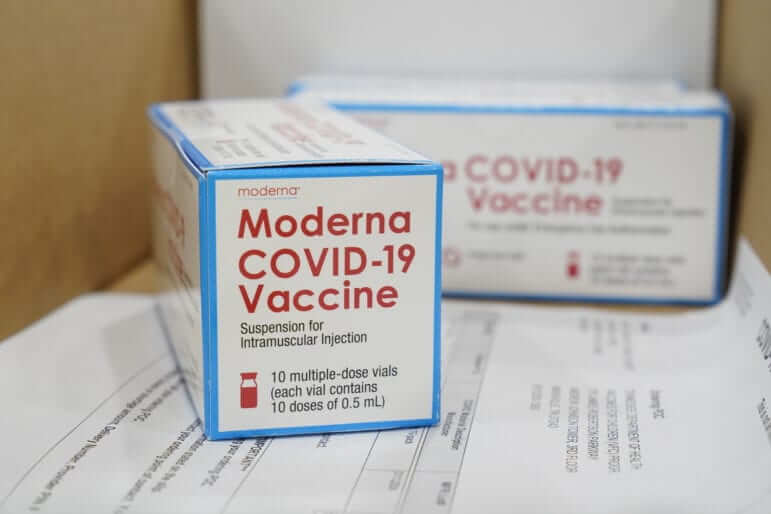
Where can you get the COVID-19 vaccine in Mississippi? When will you be eligible? We answered several key COVID-19 vaccine questions. (AP Photo/Paul Sancya, Pool)
We, like you, have many questions about the COVID-19 vaccination process in Mississippi.
We’ve asked the state’s top healthcare officials key questions and compiled information from the Mississippi State Department of Health and U.S. Centers for Disease Control and Prevention. Below, you can find answers to some of the most frequently asked questions we’ve heard.
We realize your questions may not be listed or addressed here. If you have questions that aren’t answered, please email us at tips@mississippitoday.org, and we’ll do our best to get them answered.
You should also visit the health department’s vaccine page for basic information. The state health department also has a hotline you can call to ask questions about the vaccine process. That number is 1-877-978-6453.
Am I eligible to receive a COVID-19 vaccine?
Mississippi is administering vaccinations in phases. As of Jan. 9, the state is currently in the first phase (Phase 1a), which gives priority to paid and unpaid healthcare workers and long-term care residents and Mississippians age 75 or older. According to the MSDH, healthcare workers are defined as “nurses, physicians, emergency medical services, technicians, pharmacists, dietary and food staff, environmental services staff and others.”
The next phase, Phase 1b.1, includes first responders, educators, childcare workers, and workers in congregate settings (places like jails, halfway homes and any other facility where people live) workers. Officials said they expect Mississippians aged 65 and older will soon be eligible to receive the vaccine.
I’m not qualified for the current phases, but when might I become eligible?
State health officials said Mississippians aged 65 and older will likely be granted access to the vaccine the week of Jan. 18.
Health officials do not know when, exactly, the next phases of vaccine distribution will officially begin. The dates listed in the chart above are just estimates that health officials shared. The timing of phases depends on how many doses the state receives from the federal government, and how many people qualified for the early phases choose to receive the vaccine. Officials also warned that the greater public may not have access to the vaccines for several weeks or months.
Where can I get vaccinated?
Several hospital systems and other healthcare providers have begun vaccinating patients.
The Mississippi State Department of Health, which is managing the state’s vaccine distribution, has partnered with the University of Mississippi Medical Center and opened 18 drive-thru vaccination sites. If you are qualified to receive the vaccine, you may schedule an appointment to receive the vaccine through the MSDH/UMMC partnership at this link. You can also call the state’s COVID-19 hotline to schedule an appointment at 1-877-978-6453.
Other healthcare providers and other hospital systems are offering their own vaccine distribution options, separate from the MSDH/UMMC partnership. Click here to see the full list, as of Jan. 8, that shows other healthcare providers that are providing the vaccines to Mississippians. Phone numbers of these providers are listed on this link, and many of the providers have COVID-19 vaccine websites where you can find more information.
Is it safe for me to take a COVID-19 vaccine?
Numerous studies for both of the currently available vaccines have been conducted by the world’s leading health experts over the last several months, and MSDH epidemiologists have studied that data. COVID-19 vaccines have been subjected to the same rigorous process for evaluating safety and effectiveness as any other vaccine approved for use by the U.S. Food and Drug Administration.
The state’s top health officials were the first Mississippians to become inoculated, and they did it in front of television cameras to assure the public that the vaccine is safe. Top elected officials of both major parties and all backgrounds, including Republican Gov. Tate Reeves, have publicly urged Mississippians to get vaccinated.
As with any vaccine, there can be some side effects. Generally speaking, data from thorough clinical trials demonstrate that “the known and potential benefits of this vaccine outweigh the known and potential harms of becoming infected with COVID-19,” according to the Centers for Disease Control and Prevention.
More safety information about the vaccines can be found here.
How many vaccine doses does Mississippi have, and how many people have received the vaccine?
As of Jan. 8, the state has received 214,600 vaccine doses and administered 41,541. Across the state, 1,029 people have already received both doses of the vaccine.
Healthcare providers are asked to submit records of vaccination to the state department of health within 72 hours of administration. Top health officials said that process likely means the true number of administered vaccines is delayed.
You can check the MSDH website for near daily updates.
How are vaccines distributed?
The federal government oversees a centralized system to order, distribute, and track COVID-19 vaccines. All vaccines are ordered through the CDC. Vaccine providers will receive vaccines from CDC’s centralized distributor or directly from a vaccine manufacturer.
The Mississippi State Department of Health is working with the CDC to manage the vaccine distribution process, sending vaccine to private providers and hospitals throughout the state.
Separately, the federal government is working directly with CVS and Walgreens to get vaccines to long-term care facilities like nursing homes.
Is the vaccine free?
It depends on where you receive it. Some vaccination providers like the University of Mississippi Medical Center, in partnership with the Mississippi State Department of Health, are offering the vaccines free of charge.
However, vaccination providers can choose to charge an administration fee for giving the shot to someone. Vaccine providers can get this fee reimbursed by the patient’s public or private insurance company or, for uninsured patients, by the Health Resources and Services Administration’s Provider Relief Fund.
Which vaccines are available in Mississippi?
The Mississippi Department of Health is using both the Moderna and Pfizer BioNtech vaccines. Both vaccines require two doses. People 16 and up can receive the Pfizer vaccine, and those 18 and up can receive the Moderna vaccine.
Do I need both doses for the vaccine to be fully effective?
Yes. The Moderna vaccine requires the second shot to be administered 28 days after the first dose, and the Pfizer vaccine requires a second dose 21 days later. These two types of vaccines are not interchangeable; you must receive the same kind in your second dose as you did for your first.
I’m a caregiver for someone who is currently eligible to receive the vaccine, but I don’t seem to be eligible right now. Can I receive a vaccine?
No, not at this time. The only way a Mississippian can currently receive a vaccine is if they are a healthcare worker or they are 75 years and older.
A person caring for their own relative at home would not be considered a healthcare worker since they are not a healthcare professional, it is not in a healthcare/medical capacity, and it is not in a healthcare setting. The same would be true for a person caring for a disabled relative.
I’m pregnant. Can I take the vaccine?
The MSDH says, “Pregnant women and lactating women and those who are immunocompromised may take the vaccine; however, consultation with your healthcare provider is recommended.”
The CDC notes there is limited data about the safety of COVID vaccines for pregnant women, though “…experts believe they are unlikely to pose a specific risk for people who are pregnant. However, the actual risks of mRNA vaccines to the pregnant person and her fetus are unknown because these vaccines have not been studied in pregnant women.”
I’ve already had COVID-19. Can I get the vaccine?
Yes. If you are out of your isolation period — 10 days after the onset of symptoms or 10 days after the test was done if you have no symptoms — and you no longer have symptoms or they have significantly subsided, you can get the vaccine if it is available to you.
Can I still spread the virus after being vaccinated?
According to the CDC: “It typically takes a few weeks for the body to build immunity (protection against the virus that causes COVID-19) after vaccination. That means it’s possible a person could be infected with the virus that causes COVID-19 just before or just after vaccination and still get sick.”
Once I get the vaccine, can I return to life as normal?
The Mississippi State Department of Health encourages people who receive the vaccine to continue following public safety guidelines, such as wearing a mask and social distancing.
Editor’s note: We are working hard to get answers about the COVID-19 vaccine process in Mississippi. If you have questions that aren’t answered here, please email us at tips@mississippitoday.org and we’ll do our best to get them answered quickly.
The post Frequently asked questions about COVID-19 vaccines in Mississippi appeared first on Mississippi Today.
